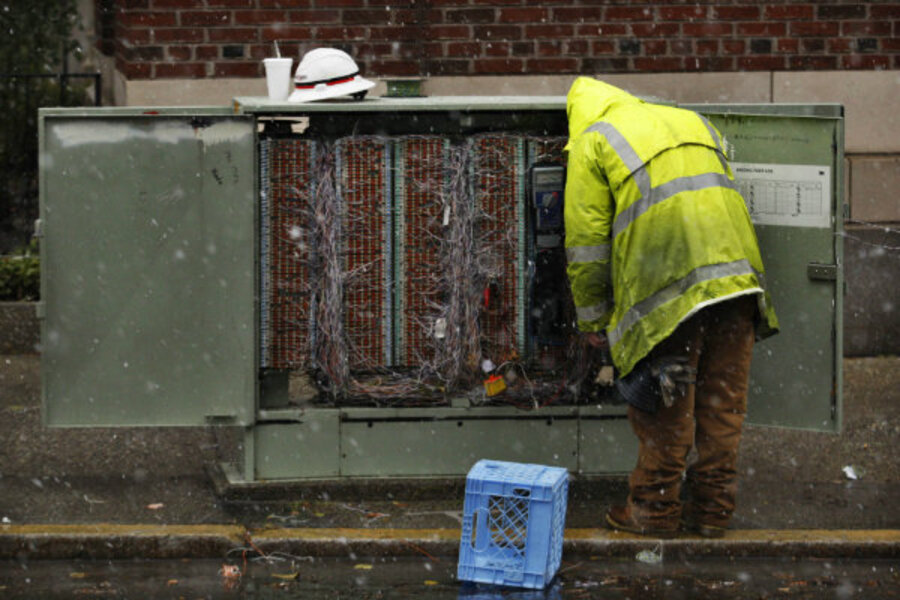Above all, America's telecommunications system depends on the electric grid. It is possible to protect the grid by burying power lines and creating alternate lines of supply. The cost of this should be balanced with the benefits of improved reliability and safety.
Alternatively, we could place permanent backup generators at each cell site, effectively isolating them from the power grid. But that just changes the nature of the challenge to one of distributing fuel to the site's generators. As we saw in the aftermath of Sandy, even procuring fuel can be difficult after a disaster.
The aim should not be to fully counter each situation, but to focus instead on making the communications system more resilient. We need to take steps that would make the communications system capable of operating at a predetermined level of usefulness even in the face of some loss of capacity.





